Cleanup for Woodland Garden
gbroooks
18 years ago
Related Stories
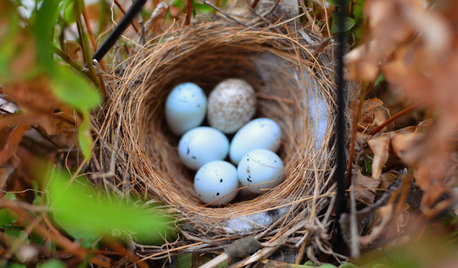
GARDENING GUIDES4 Reasons Not to Rush the Spring Garden Cleanup
There are many positives to staying out of the garden, especially for wildlife
Full Story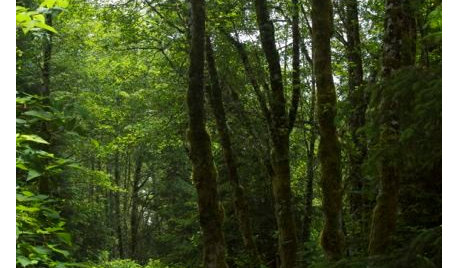
LANDSCAPE DESIGNLet Nature Inspire Your Landscape: Ideas for a Woodland Garden
Fill your senses with the magic of a wild forest-inspired garden — from shady understory plants to towering treetops
Full Story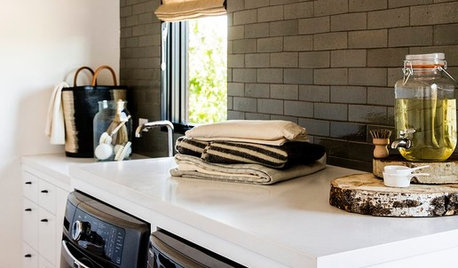
HOUSEKEEPINGClean Up Your Cleanup Zones
Make chore time more pleasant by tidying up your laundry room and updating cleaning tools
Full Story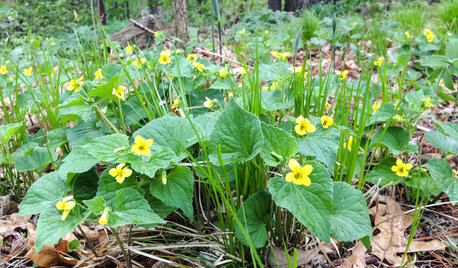
GARDENING GUIDESGreat Design Plant: Viola Pubescens Dots Woodlands With Yellow
Plant downy yellow violet in eastern U.S. woodland gardens for its heart-shaped leaves and bright yellow flowers
Full Story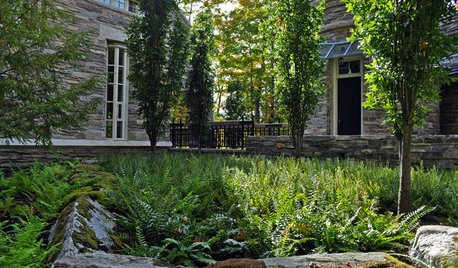
GARDENING GUIDESGreat Design Plant: Woodland Garden Beauty Polystichum Acrostichoides
Eastern U.S. native Christmas fern is a living decoration in the winter woodland garden
Full Story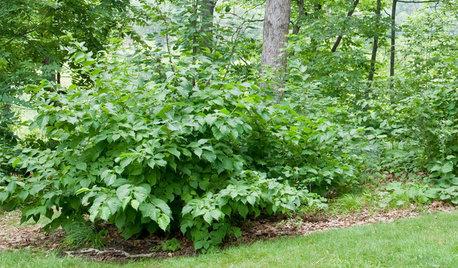
GARDENING GUIDESGreat Design Plant: Corylus Americana Awakens the Woodland Garden
Plant American hazelnut for three seasons of interest and to feed our furry and feathered friends
Full Story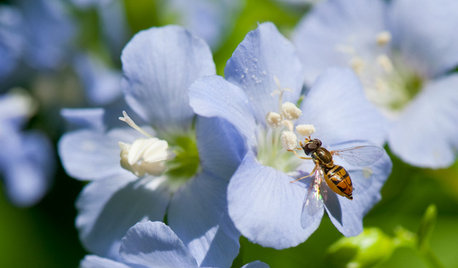
GARDENING GUIDESGreat Design Plant: Polemonium Reptans Paints Woodlands Blue in Spring
Plant Jacob’s ladder in eastern U.S. woodland gardens for its bright blue flowers and delicate foliage
Full Story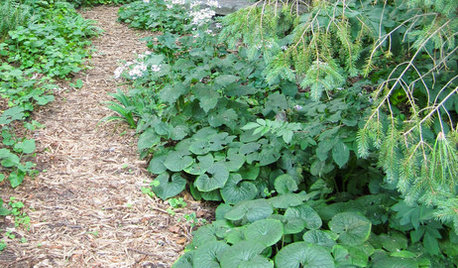
GROUND COVERSAsarum Canadense Adds Masses of Green to Woodland Gardens
Plant Canadian wild ginger in the eastern U.S. for a shade-loving native ground cover with spring flowers
Full Story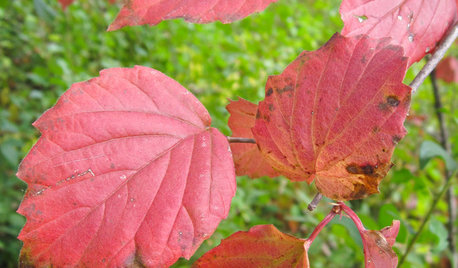
GARDENING GUIDESGreat Design Plant: Viburnum Rafinesquianum Colors the Fall Woodland
Plant downy arrowwood in eastern and midwestern U.S. gardens for spring color in the shade and bright red fall foliage
Full Story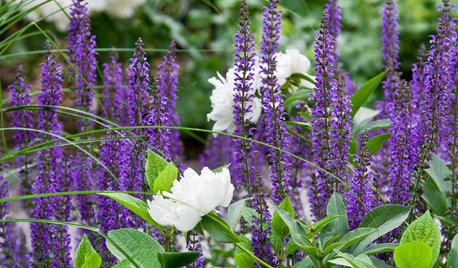
GARDENING AND LANDSCAPINGGarden Tour: Colorful, Serene Woodland Near Boston
Exuberant perennials, outdoor rooms and a surrounding woodland come together to create a beautiful landscape in Massachusetts
Full Story






Iris GW
waplummer
Related Professionals
Berkley Landscape Contractors · Midland Landscape Contractors · Tuscaloosa Landscape Contractors · Annapolis Fence Contractors · Burbank Fence Contractors · Georgetown Fence Contractors · Hackensack Fence Contractors · Maynard Fence Contractors · Selden Fence Contractors · Boulder Siding & Exteriors · Cherry Hill Siding & Exteriors · Johns Creek Siding & Exteriors · Paramus Siding & Exteriors · South Glastonbury Siding & Exteriors · West Milford Siding & Exteriorscompost_hugger_nancy
dbockwoldt
knottyceltic
Flowerkitty
knottyceltic
achang89
nywoodsman
arcy_gw